Please read the lesson material below and answer the questions for the lesson. Don't forget to include your contact information so we can review your answers and respond to your comments or questions. If you make at least 60%, you should continue onto the next lesson. Otherwise, please review the material and try again. You need to average at least 70% to pass the course. We will contact you via email within a few days of receiving your answers.
How We Got The Bible
The Bible and Recent Discoveries
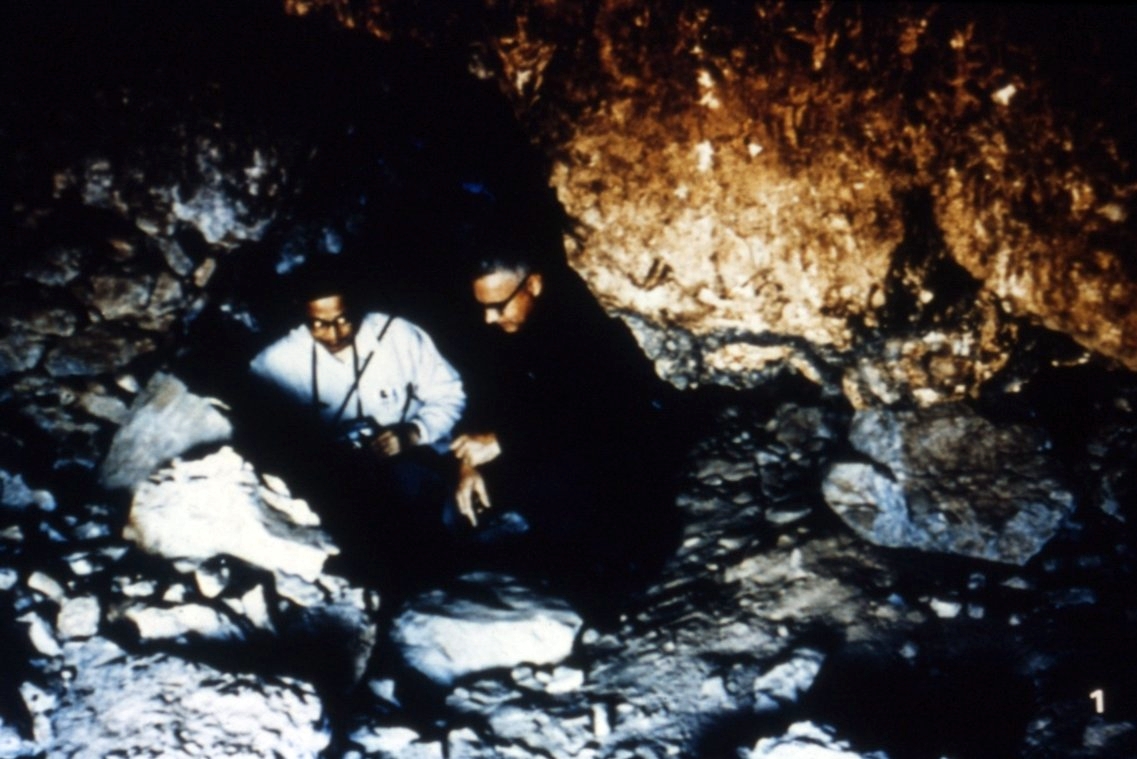
Recent discoveries have helped us learn much more about the Bible and its eventful history. They have also helped to create new translations in up-to-date language.

The year 1611 was a memorable year in the history of the English Bible. It was in that year that the King James Version made its first appearance (1). It was the end result of a number of earlier translations and revisions. There were about 50 scholars involved in making this version under the direction of King James I of England. But this newly revised version made its way slowly into widespread use.
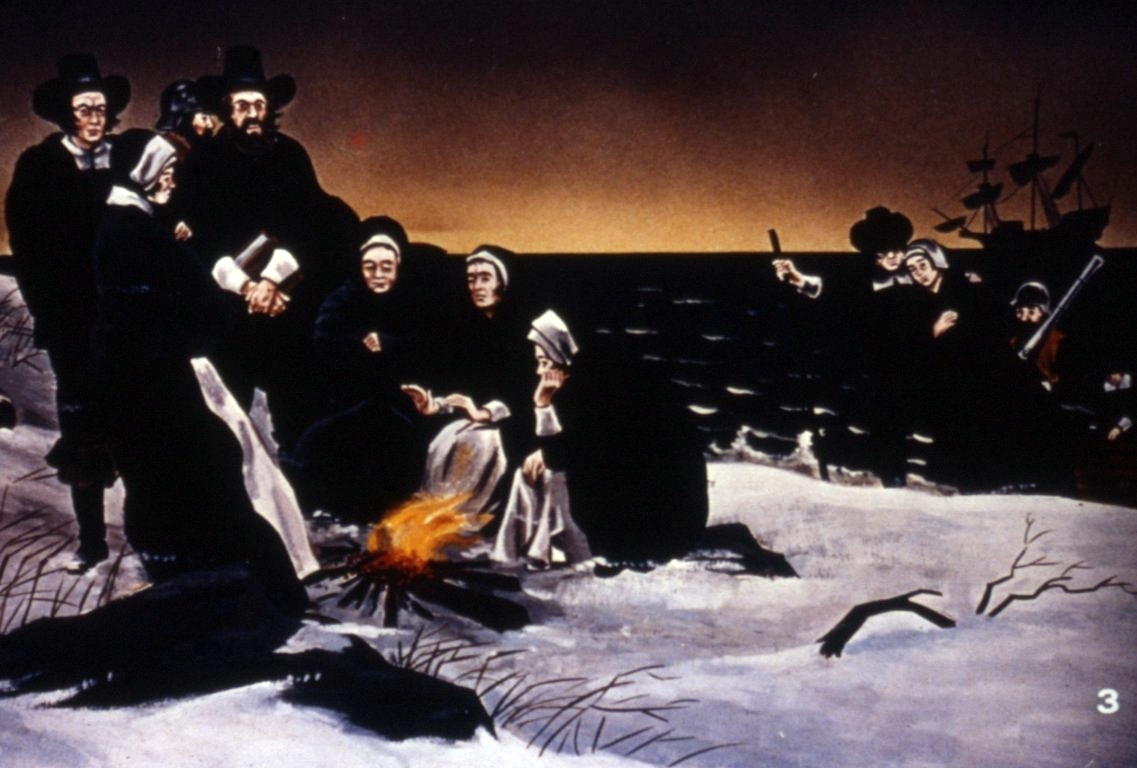
When the Pilgrims, shown in this painting, came to America in 1620 they brought with them, not the King James translation, but the old Geneva Bible. It was Governor William Bradford who brought the Geneva version to America with him and this version was used more widely by the early American colonists than any other translation for a long time.
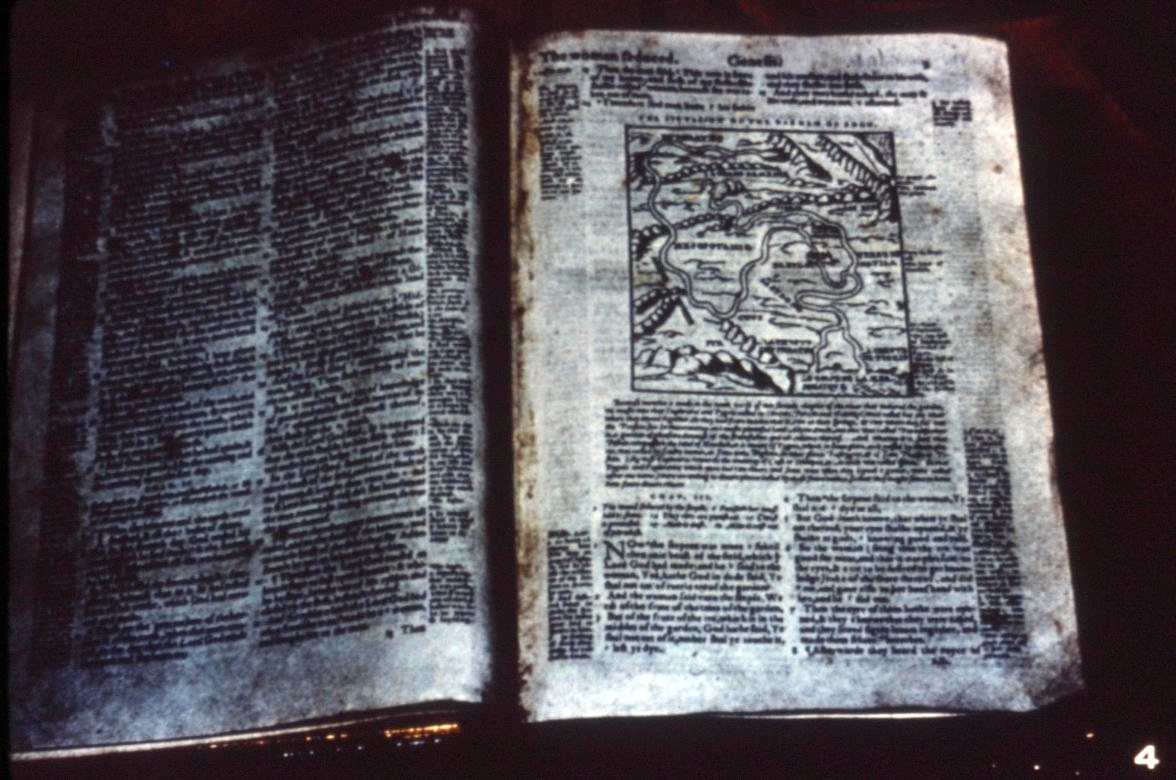
There were doubts about the King James Version for some time. There were people who even questioned the need for this new translation. To ease their doubts, and to explain the translation a preface was attached to the King James Bible entitled, “The translators to the reader”. This preface is no longer printed in most editions of the King James Version.
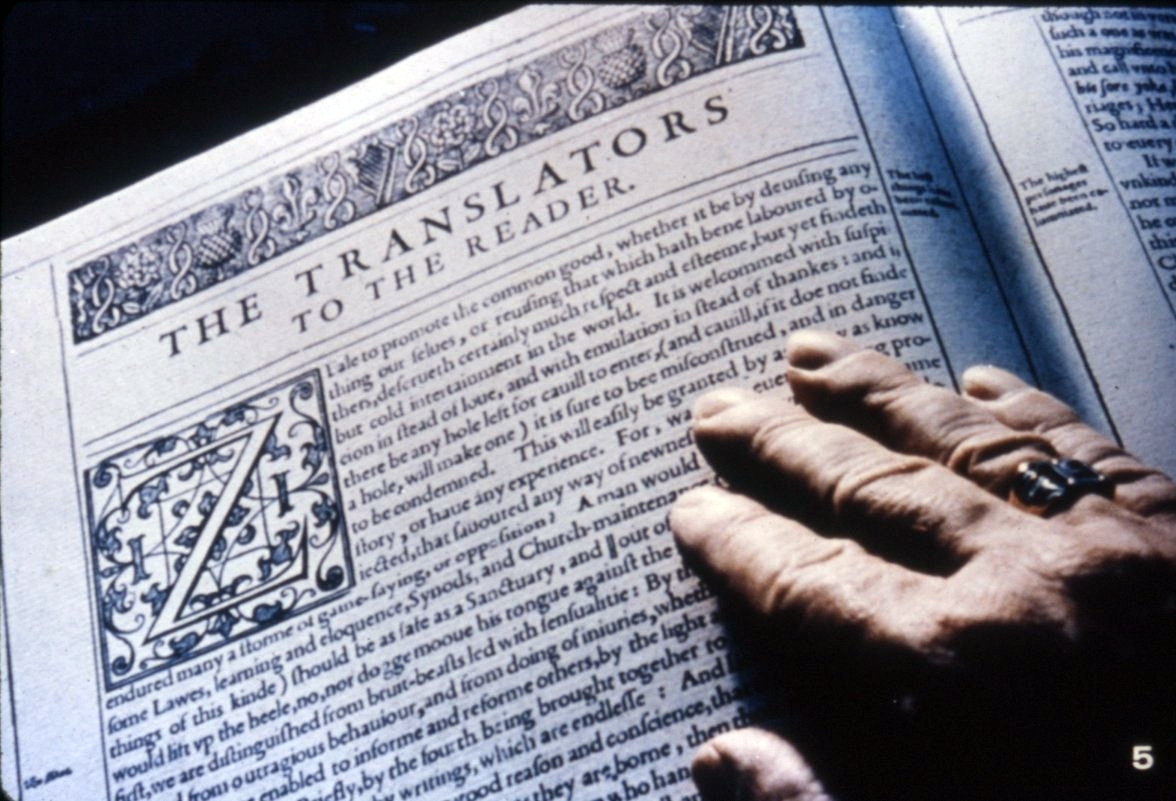
In the preface, the translators explained to the readers their reasons for creating the King James Version.
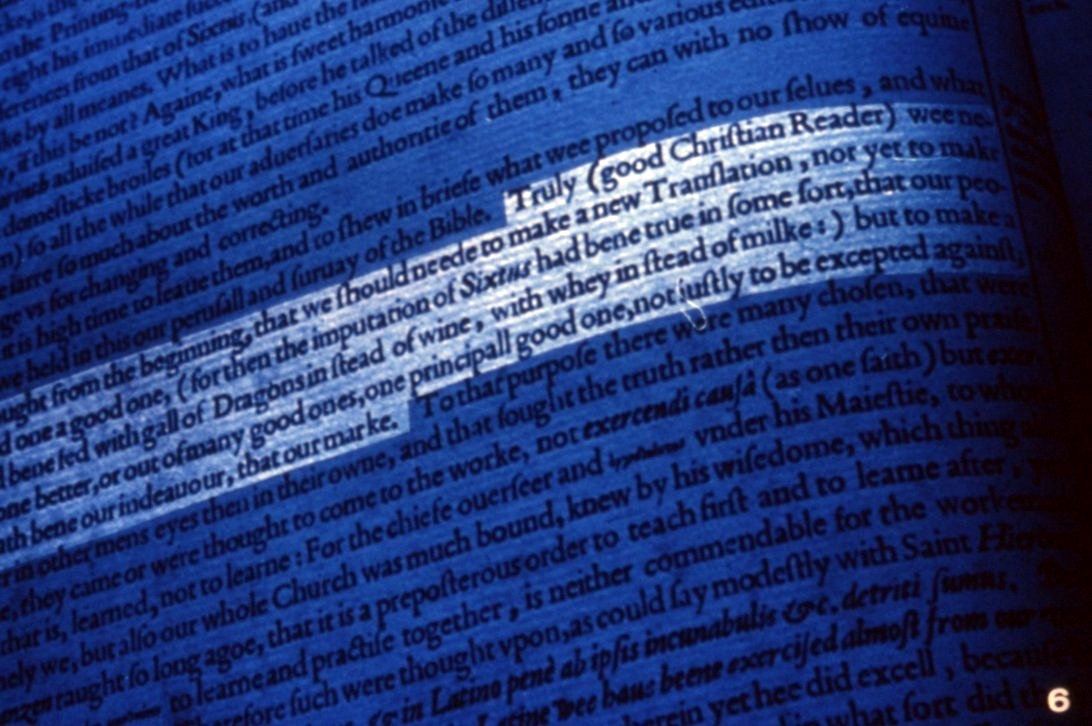
“Truly, good Christian reader, we never thought from the beginning, that we should need to make a new translation, nor yet to make a bad one a good one, but to make a good one better, or out of many good ones one principle good one, not justly to be accepted against, that hath been our endeavor, that, our mark.”
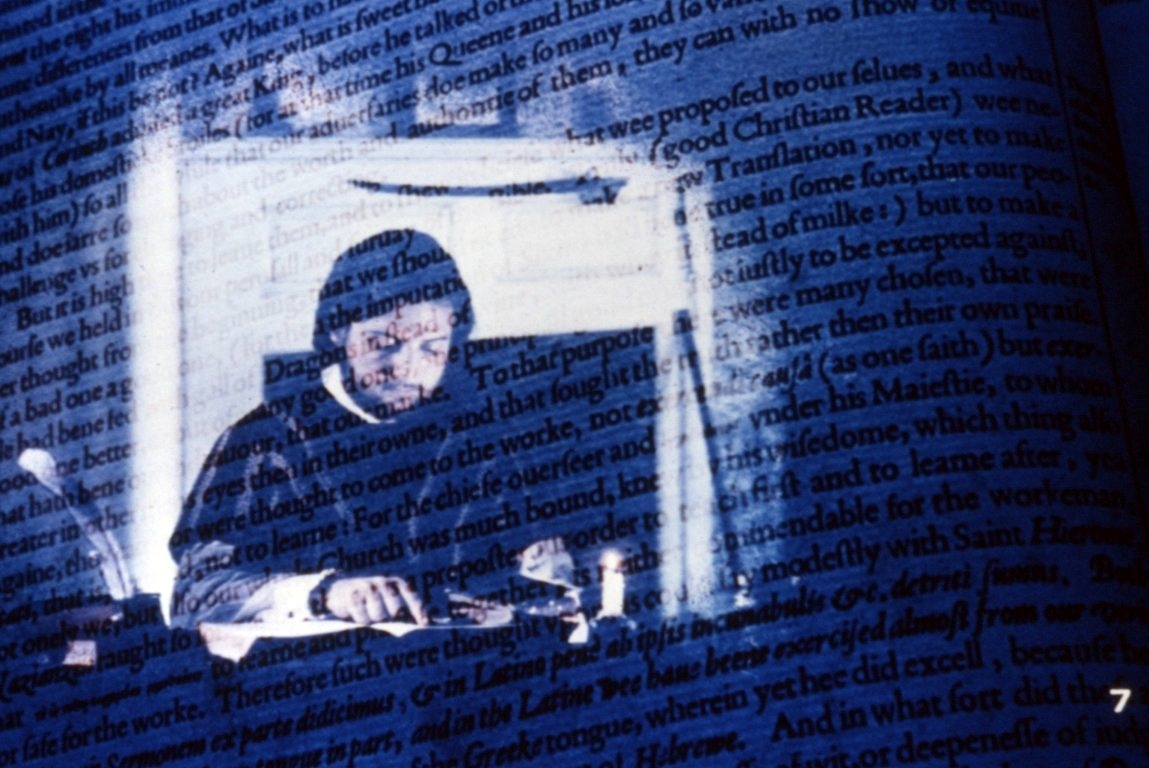
The translators of the King James Version wanted everyone to understand that their goal was not to say that other translations were bad, but that they wanted to help make translations better. In their preface they also explained that if anything in their work needed correction, such corrections could always be made in the future. They concluded by saying,
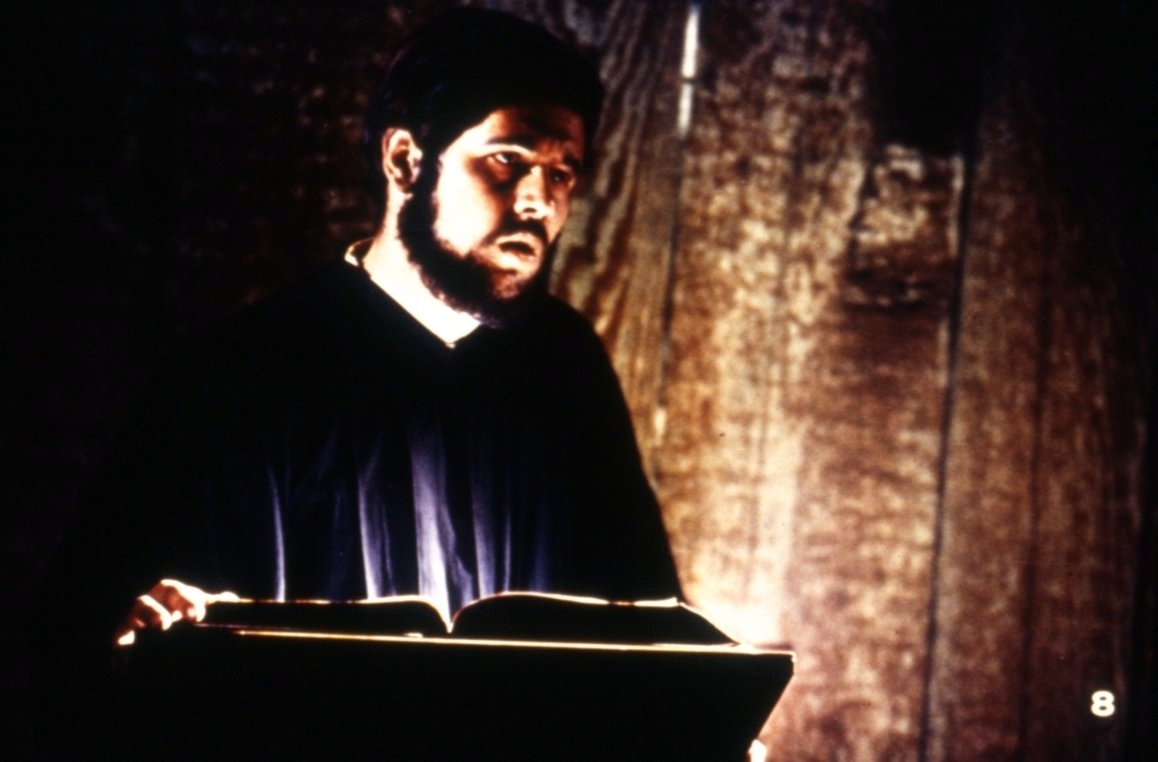
“If light become into the world, love not darkness more than light.”
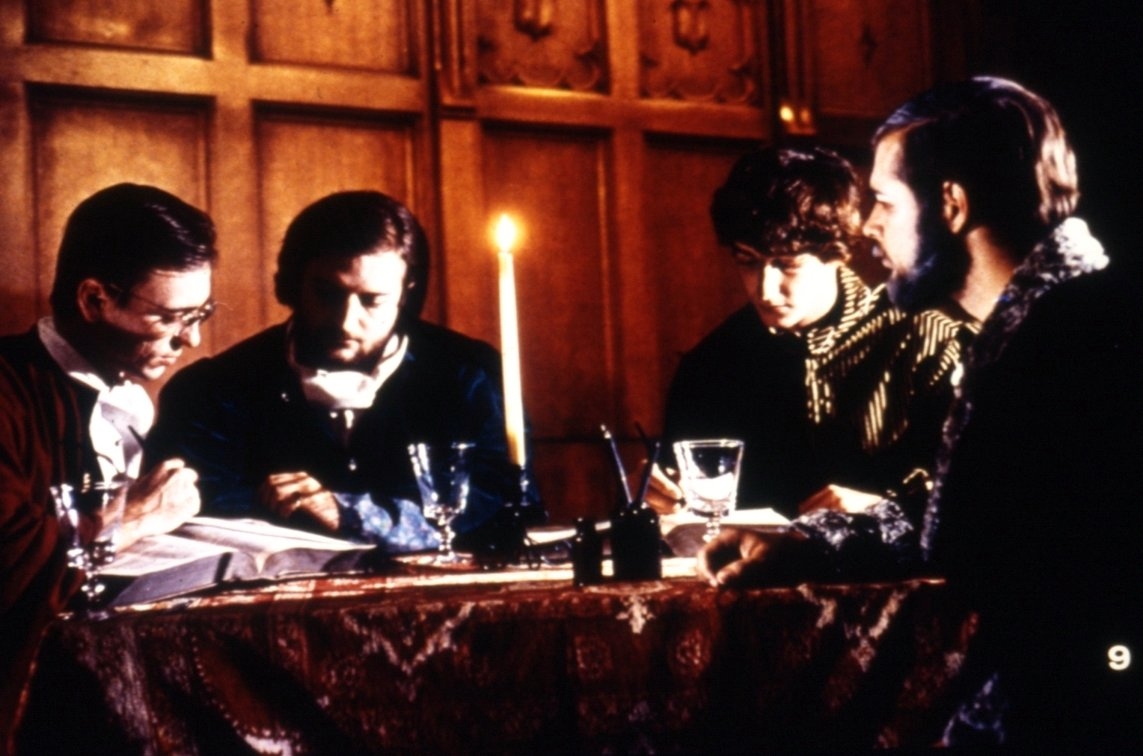
In time the King James Bible was accepted by the people. Within a few decades it had established itself as the translation for English speaking people around the world. In fact, the King James Version was so well accepted that for more than 200 years, no efforts were made to revise it.
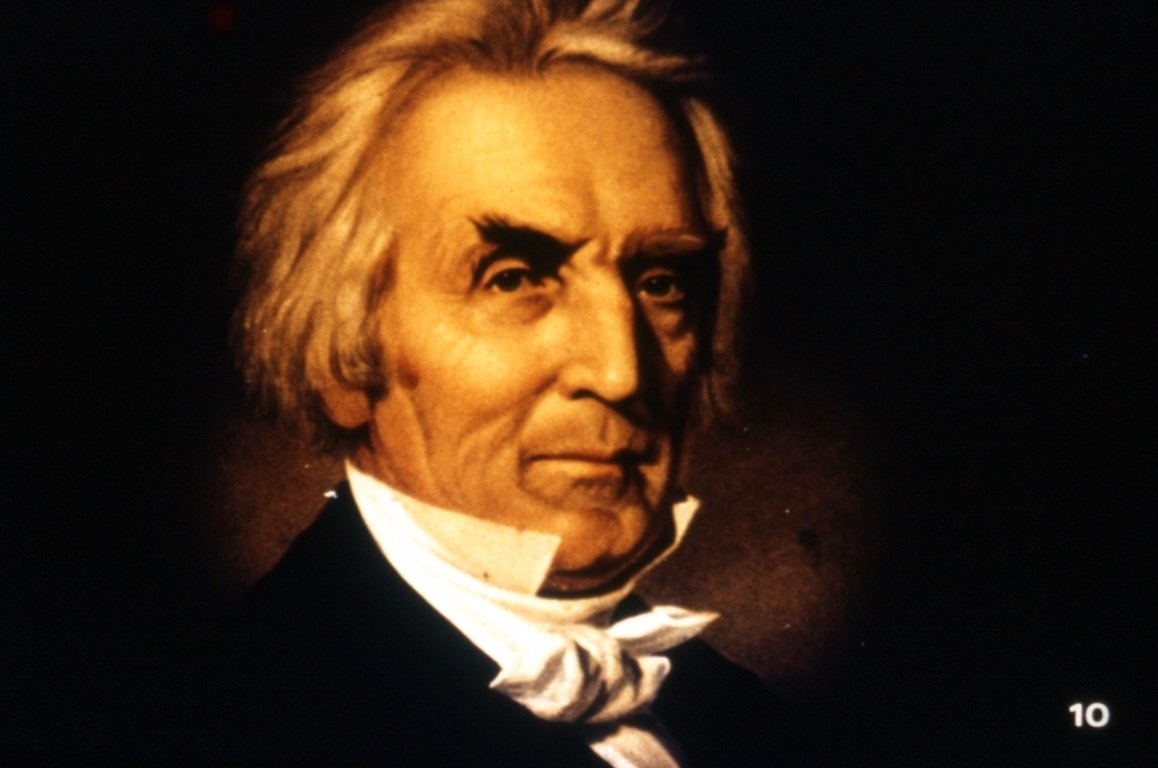
During the first half of the 19th century, however, scholars began to recognize that it was time for a new revision of the English Bible. Many words and expressions used in the days of King James had changed their meanings in the 200 years that had passed.

One of the first men in America to fight for an improved translation of the Bible was Alexander Campbell. In 1829 he published a translation which he called ‘The Living Oracles’.

During the 1800’s discoveries of Biblical manuscripts were taking place which were of great value to Bible scholars. One was an amazing find by a German text critic named Constantine Tischendorf.
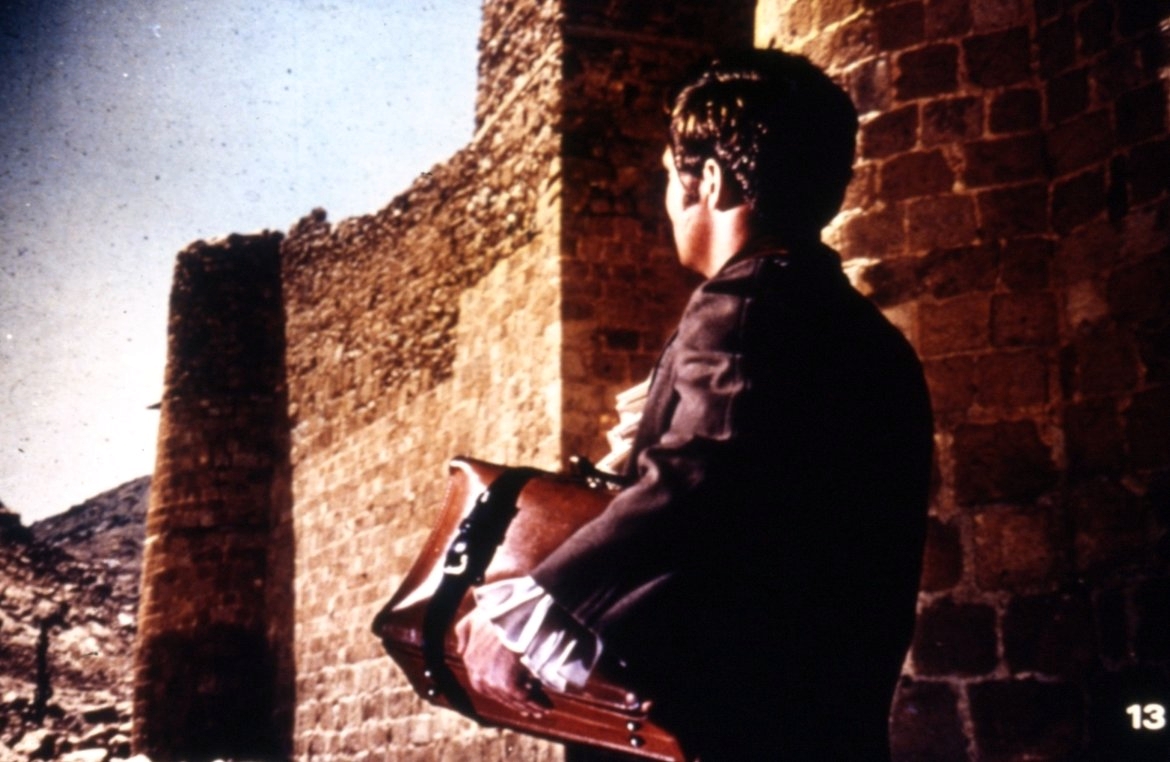
In 1859 Tischendorf, in search of old Bible manuscripts, came to Saint Catherine’s Monastery at Mount Sinai. He had been there before. On one occasion, he had found a basket full of old parchments, but he had been allowed to take only a few sheets from the monastery.
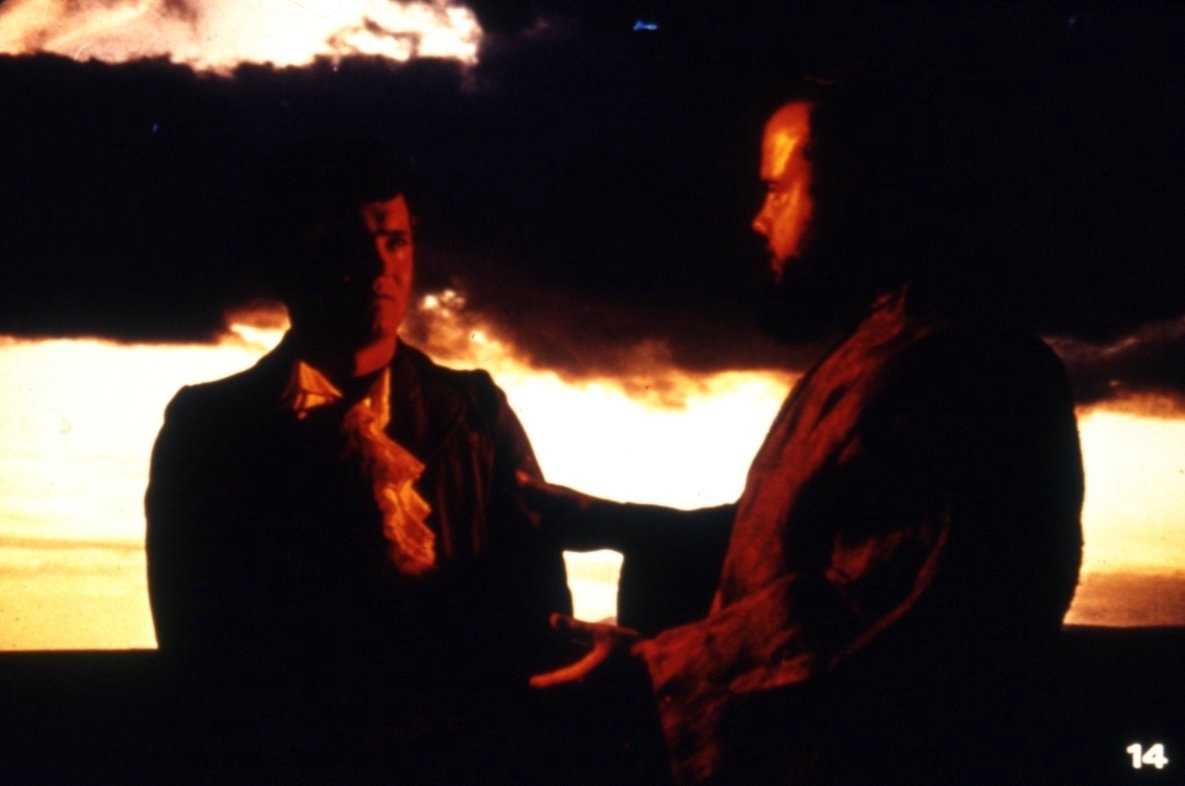
Tischendorf now came to Sinai in search of these old sheets. After days of searching, an unexpected circumstance led him to his goal. Tischendorf himself relates how it happened.
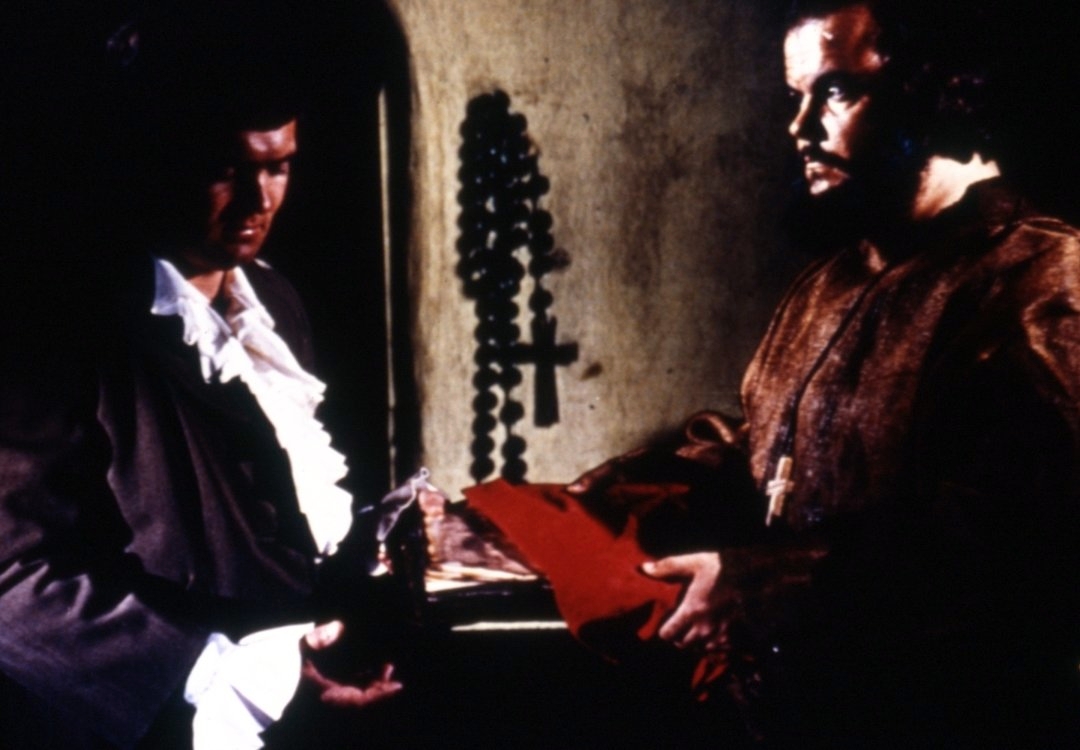
“On the afternoon of this day I was taking a walk with the steward of the convent in the neighborhood. And, as we returned toward sunset he begged me to take some refreshment with him in his cell. Scarcely had he entered the room when he said, “And I too have read a Septuagint.”
“And so saying, he took down from the corner of a room, a bulky kind of volume wrapped in a red cloth and laid it before me. I knew that I held in my hand the most precious Biblical treasure in existence.”
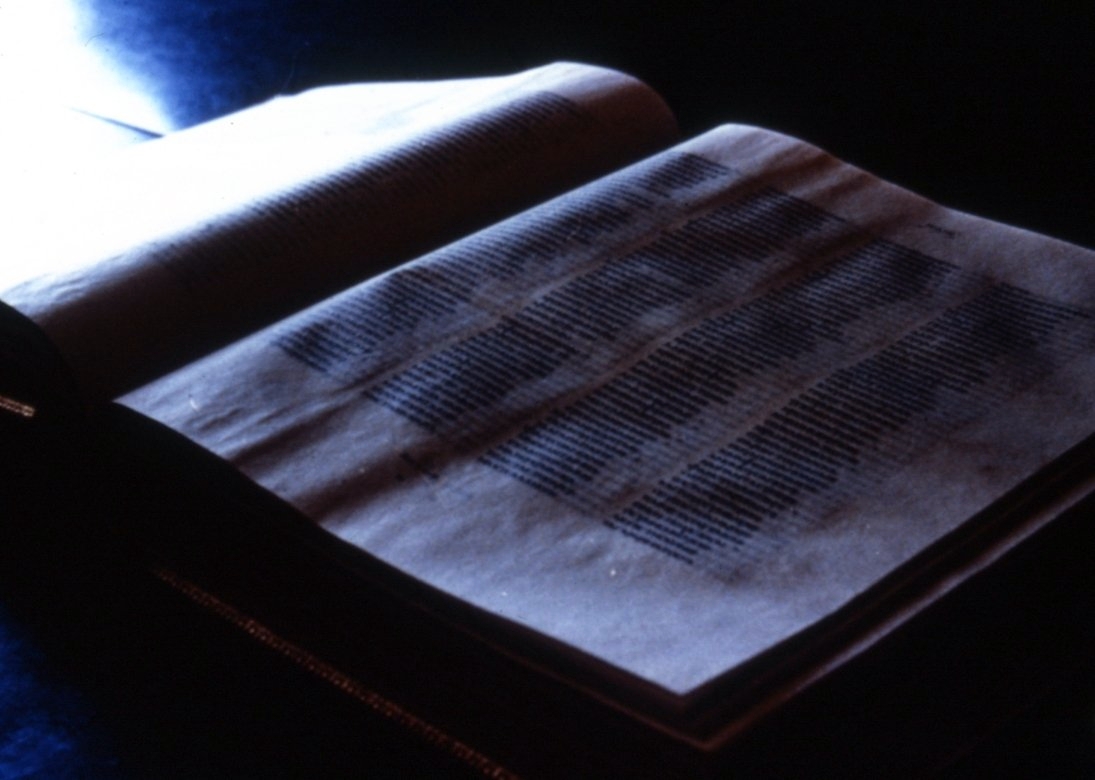
This was the celebrated Siniatic Manuscript, practically a complete copy of the entire Bible in Greek. Dating from the 4th century, this manuscript is 600 years older than any manuscript used by the King James translators in their work.
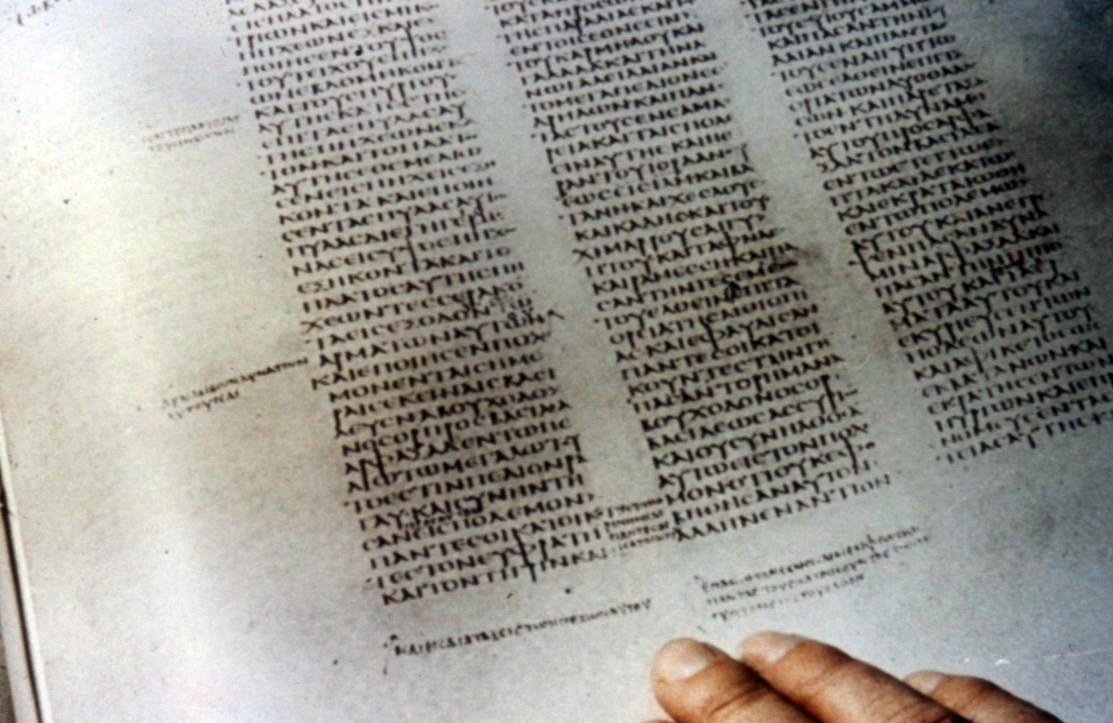
Other ancient manuscripts were also coming to light and were being published, including the Vatican Manuscript at Rome (8). This extremely valuable manuscript also was not available to King James’ translators.
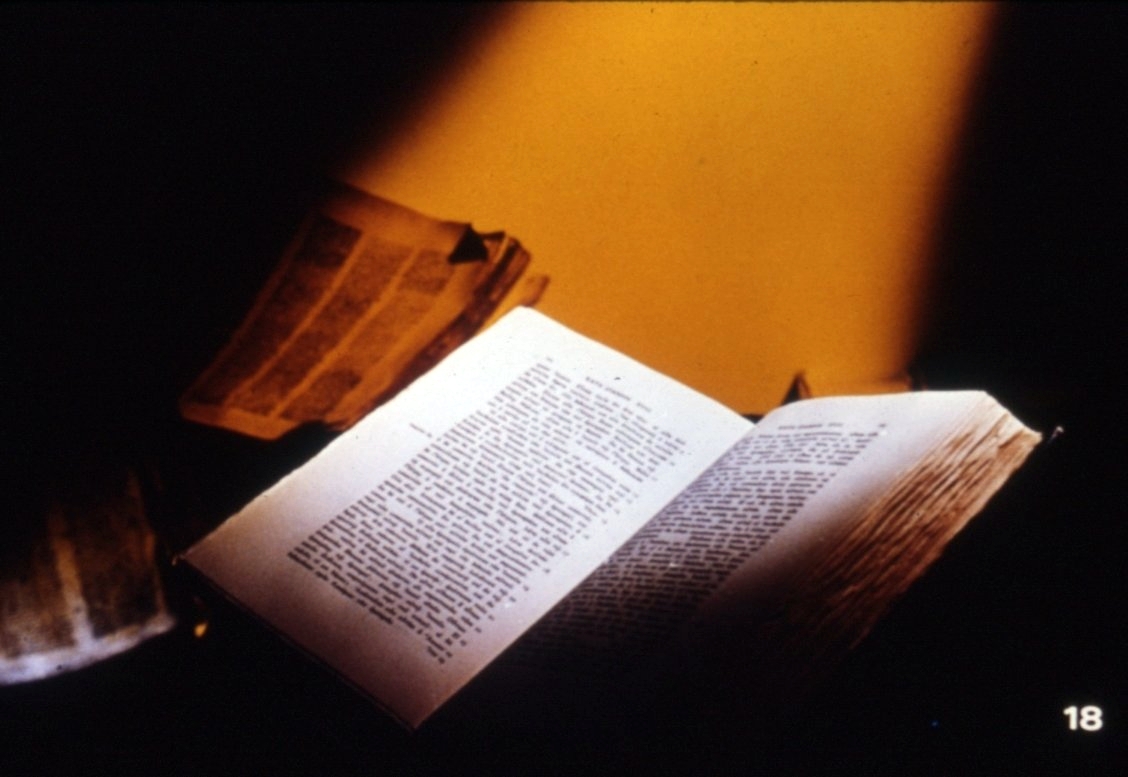
Two scholars in England took special advantage of these new materials; B. F. Wescott and F. J. A. Hort. For almost 30 years they worked jointly studying these and other ancient manuscripts. Their labors were climaxed by the publication in 1881 of a more accurate Greek text, based on the earliest known manuscripts.

In the meantime, scholars in England began to press for a new translation. In 1870 the decision was reached to revise the King James Version. At first the revision was undertaken by only British scholars but later Americans joined in as well.
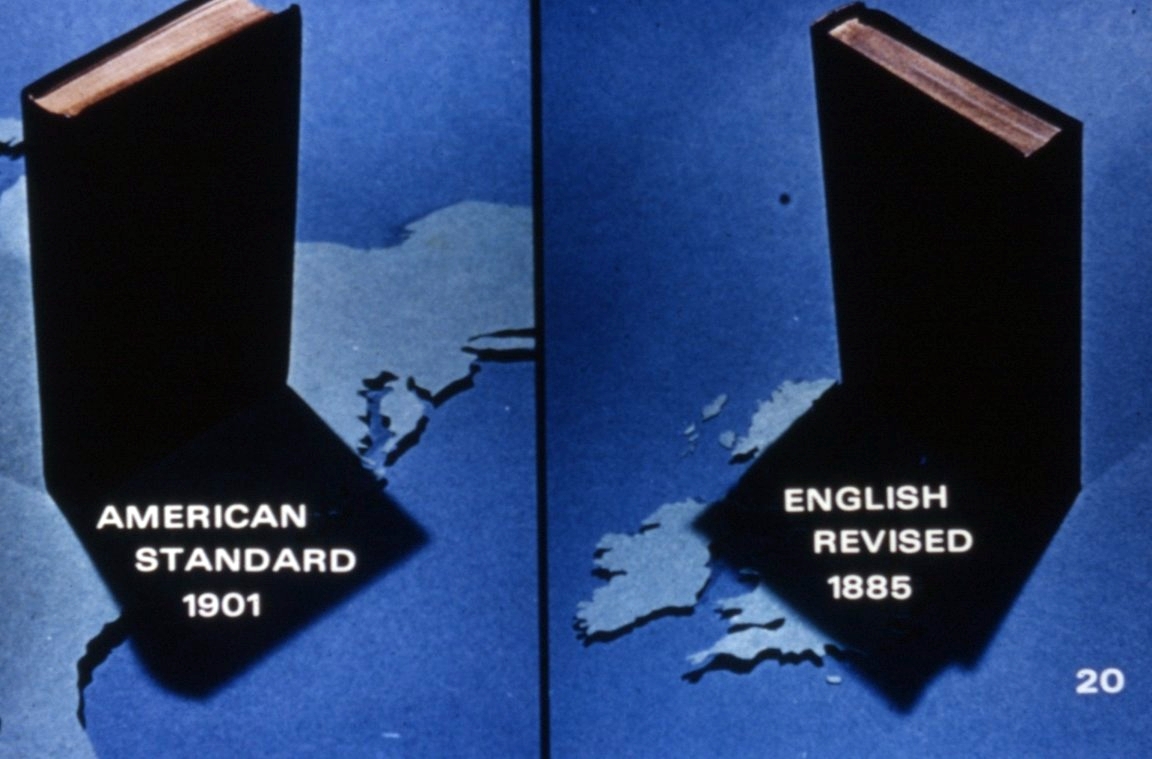
The results were embodied in what is known as the English Revised Version, completed in 1885 and the American Standard Version in 1901. These two translations are basically the same except for some small difference between British and American figures of speech.

Research in the original Biblical language continued. From the sands of Egypt, archaeologists were recovering large numbers of papyri documents; deeds, bills of sale, formal and personal letters, and many more. The effect of these discoveries was two-fold.
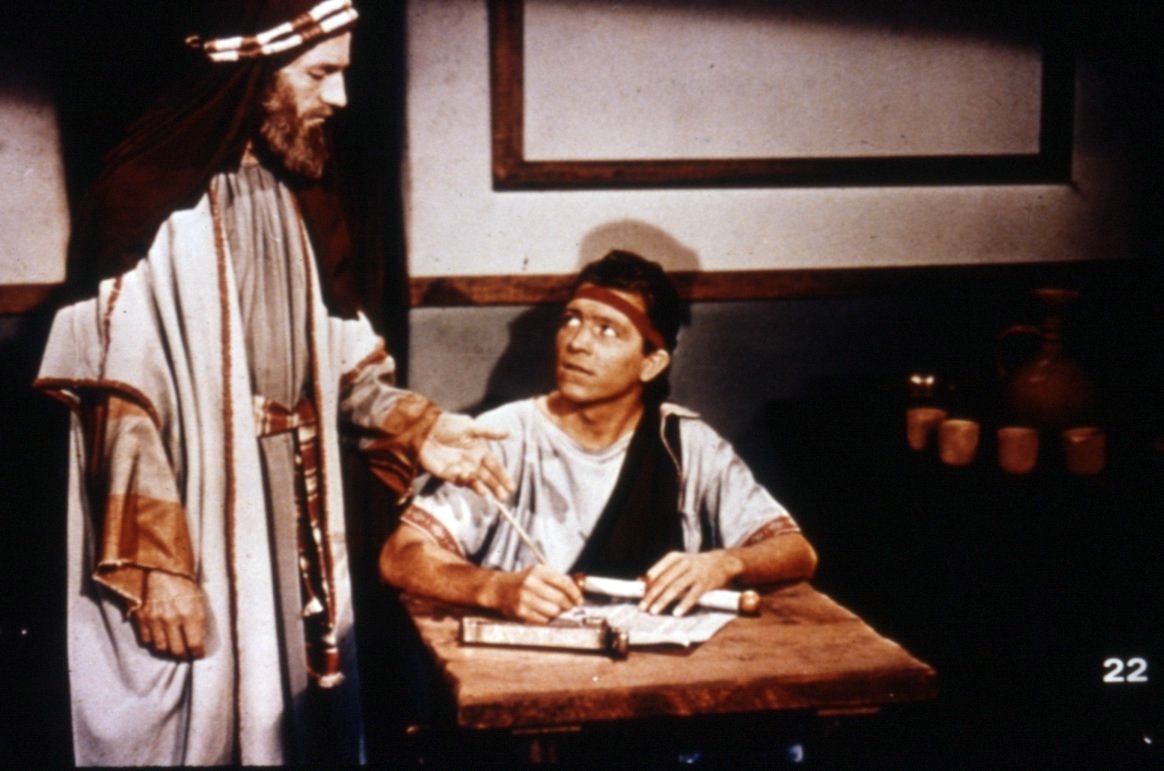
First they showed that the New Testament was not written in some strange kind of Greek, but rather was written in the language of the common man on the street.
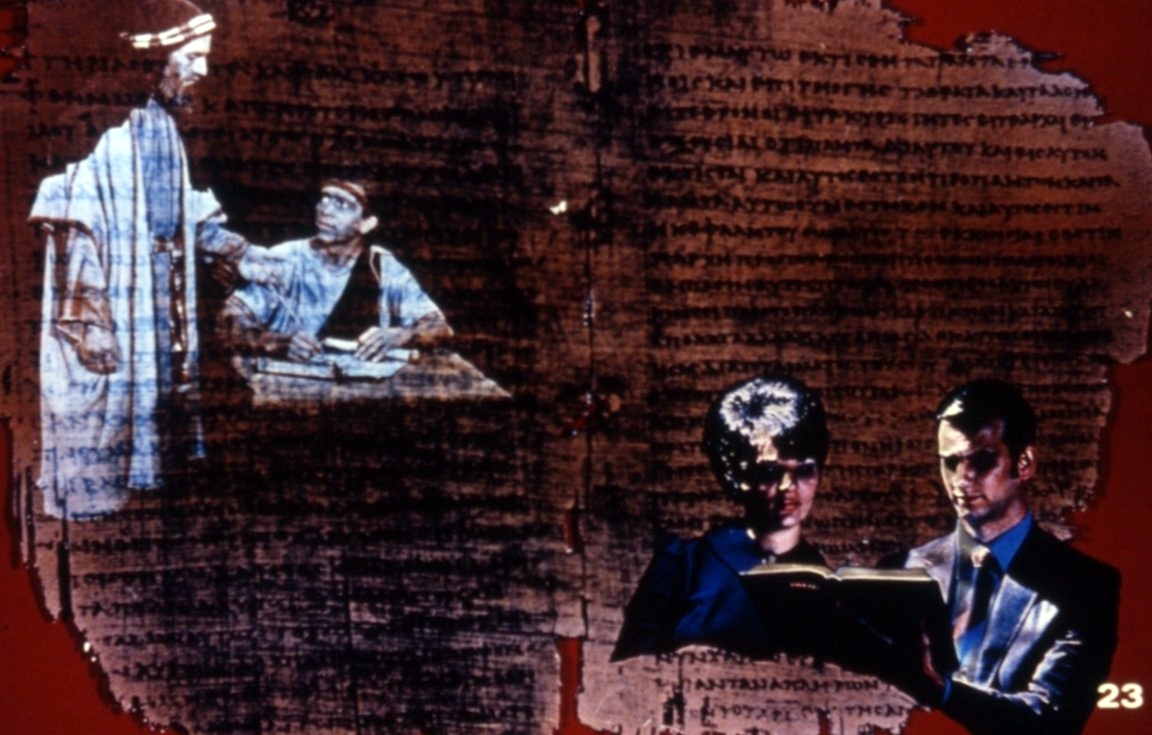
Second these discoveries clarified and made more intelligible for the English reader, the meanings and significance of certain Greek words and phrases.
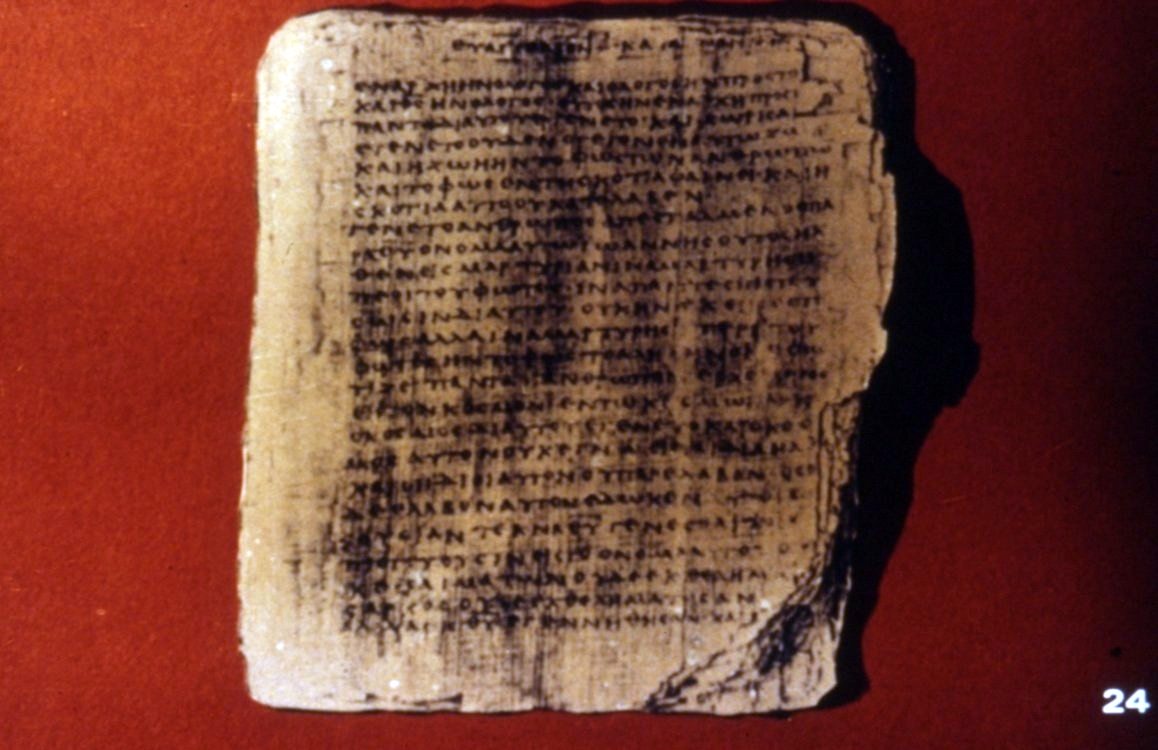
Still other ancient manuscripts were coming to the attention of scholars.
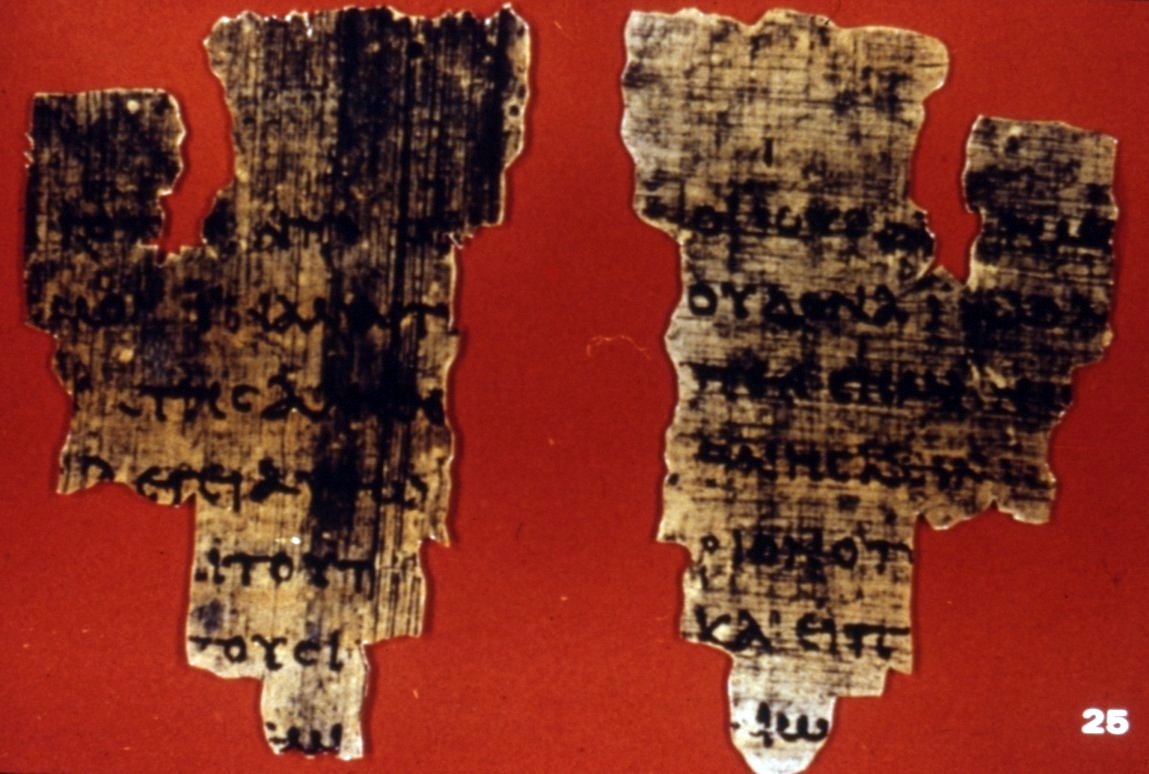
Among them is the earliest known fragment of the Gospel of John. The famous John Ryland’s papyrus was identified in 1935. It contains portions from several verses from John’s gospel and is dated from 100-150 A.D. It is the oldest known fragment of our New Testament. Other startling discoveries also have been made.

A major find on the Old Testament text, the Dead Sea Scrolls, was discovered on April 15, 1947 in the vicinity of the Dead Sea, just a few miles from Jericho.

An Arab sheepherder named Mohammad Ed Dhib entered one of the many caves overlooking the sea where he found some jars which contained leather scrolls, wrapped in linen cloth. Later, more caves were discovered containing thousands of fragments of Old Testament scripture.
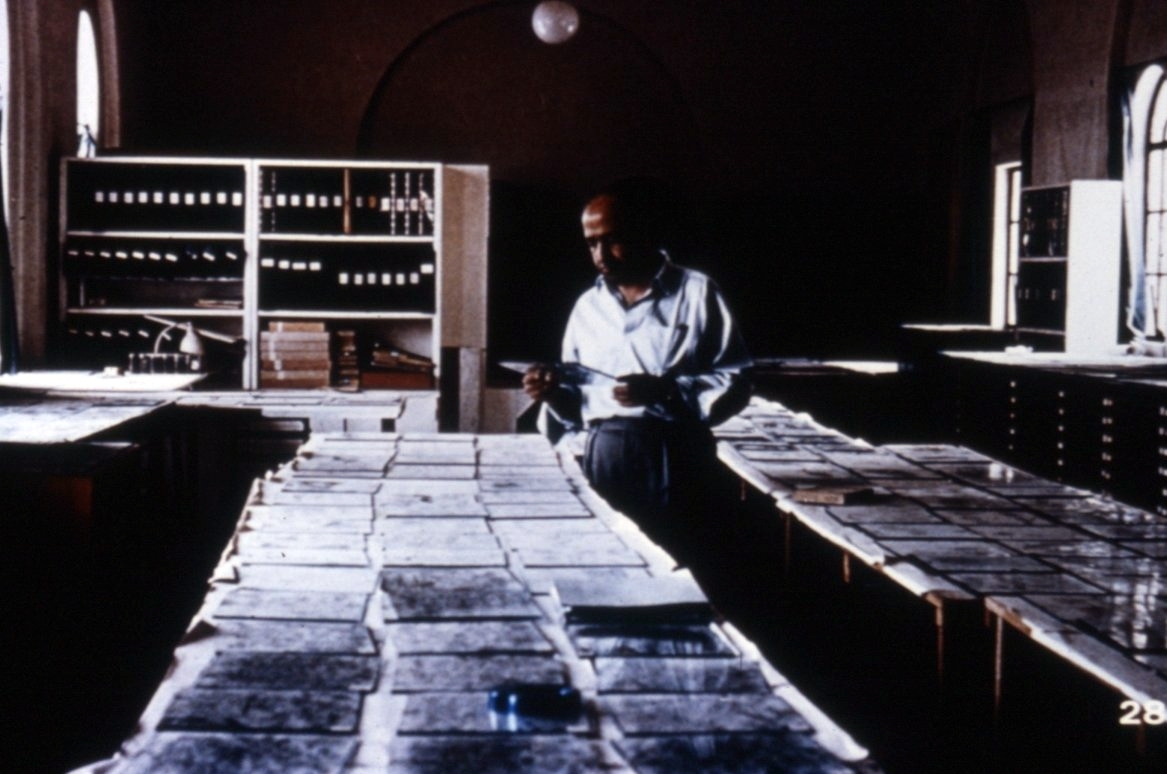
These materials are now preserved in Jerusalem where they are examined almost daily. Since the discoveries of these scrolls, numerous others have been located in the same region. In one cave alone portions of almost every book in the Old Testament have been found.

Near the caves, archaeologists have done extensive digging. Their excavations have disclosed a fortified structure where a community of people worked and studied and worshipped. This community, known as Qumran, was composed of a deeply religious sect of Jews called Essenes who copied their ancient texts and stored them in the caves for safe keeping.

The plan of Qumran reveals sights of special interest, including a large assembly hall and a scriptorium. The scriptorium was undoubtedly where a large number of scrolls were produced.

The most amazing discovery made in the caves near Qumran is a scroll of the book of the prophet Isaiah. It is a complete copy except for a few words, and dates back to the 1st or 2nd centuries before Christ. This is a thousand years earlier than the oldest previous Hebrew manuscripts. The Isaiah manuscript confirms in a remarkable way the accuracy of our present Old Testament text.
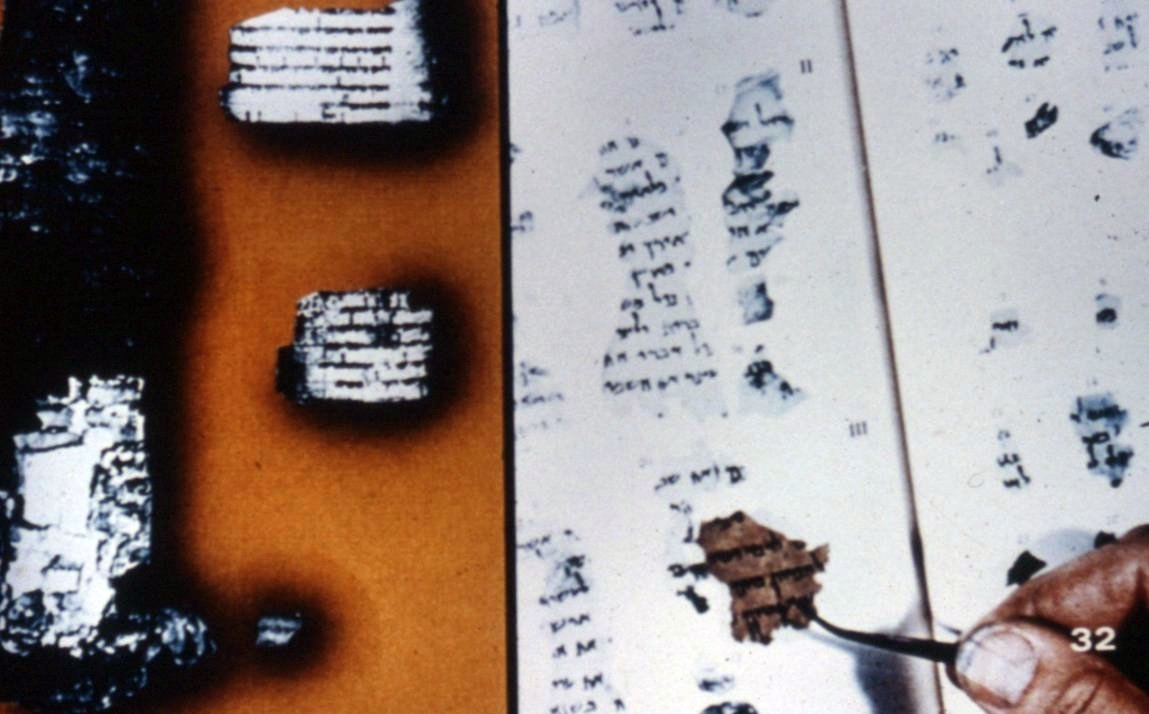
Altogether, hundreds of manuscripts have been uncovered; most of them fragments of books. Trained experts are able to piece these fragments together and gain much helpful information on the Bible text.
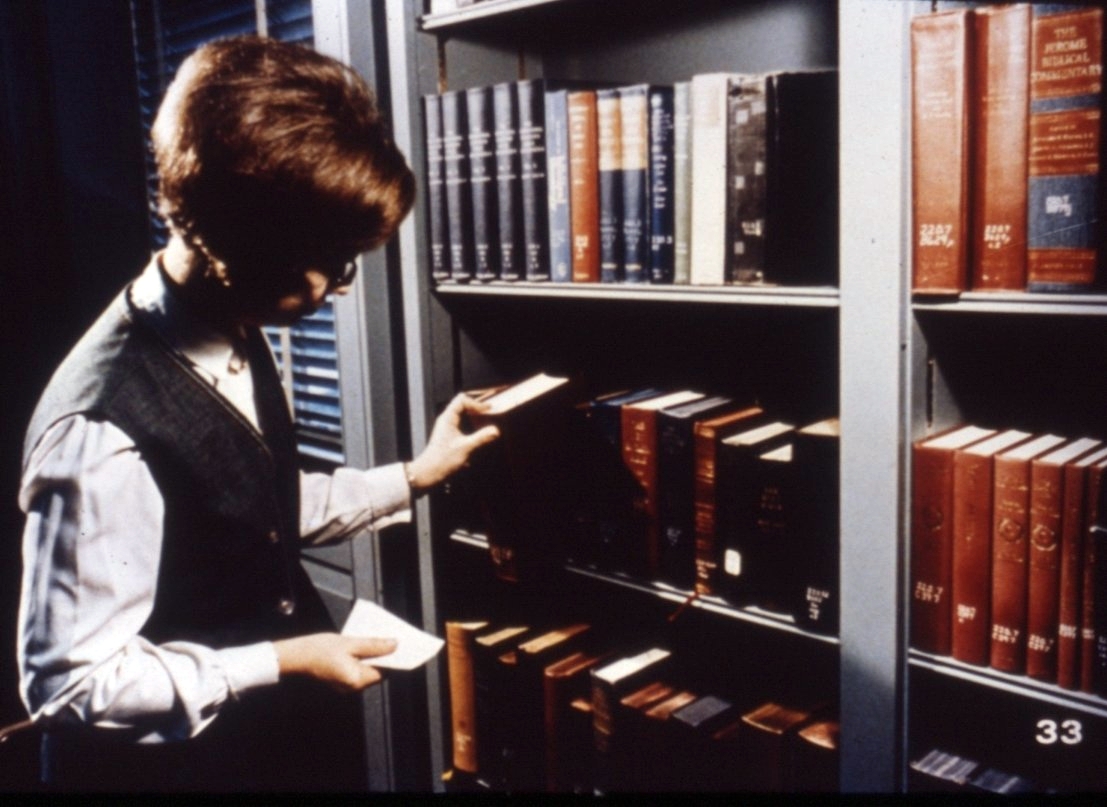
The 20th Century has not only been a century of discovery, but also a century of translation. Not since the 16th century have so many English translations been produced. Once again the message of the Bible is in the language of the common man.
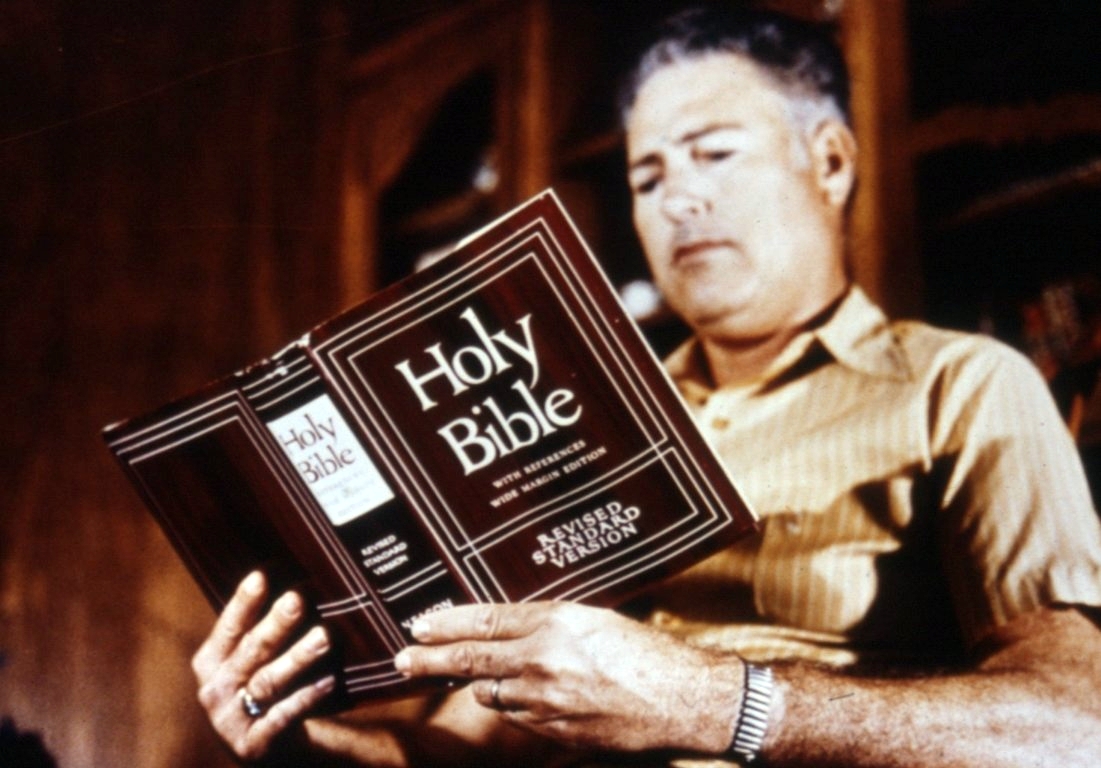
The Revised Standard Version of 1946 and 1952 has been one of the most prominent versions of recent years. Strictly speaking it is not a new translation. Rather, as its name indicates, it is a revision of the American Standard Version of 1901. The Revised Standard Version expresses the classic King James style in the Modern English tongue.

The one great advantage that the Revised Standard Version offers over its predecessors is its readability. The Bible of all books needs to be in words that are easy to read and easy to understand.
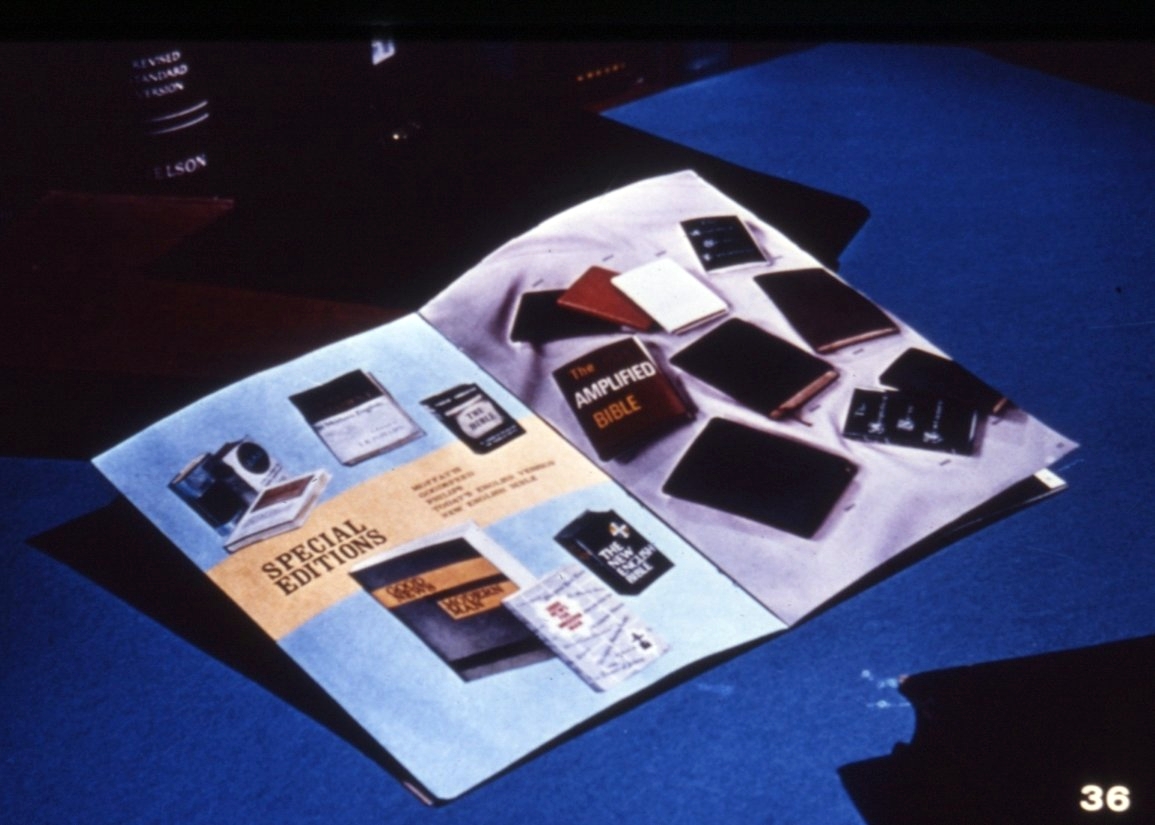
Other recent translations too are of value to the Bible student. Some of the best known among these are Moffets, Goodspeed’s, Philip’s, Today’s English Version, and the New English Bible. These are independent translations that are not bound by the traditional wording of the older versions.
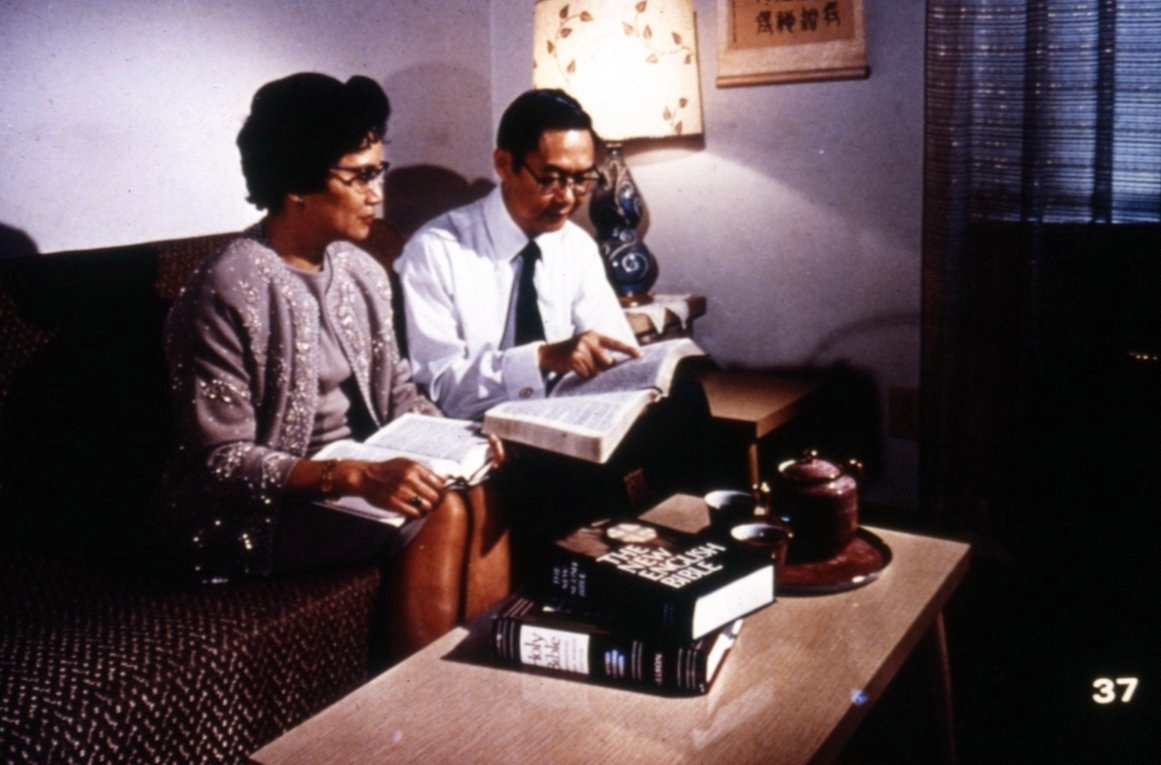
The careful Bible student will avail himself of many of these Bible tools. The serious Bible student will also keep in mind who is translating their Bible. A translation will show bias to the teachings of the people who are translating it. He may prefer one translation over another, but by comparing different translations will gain many insights.
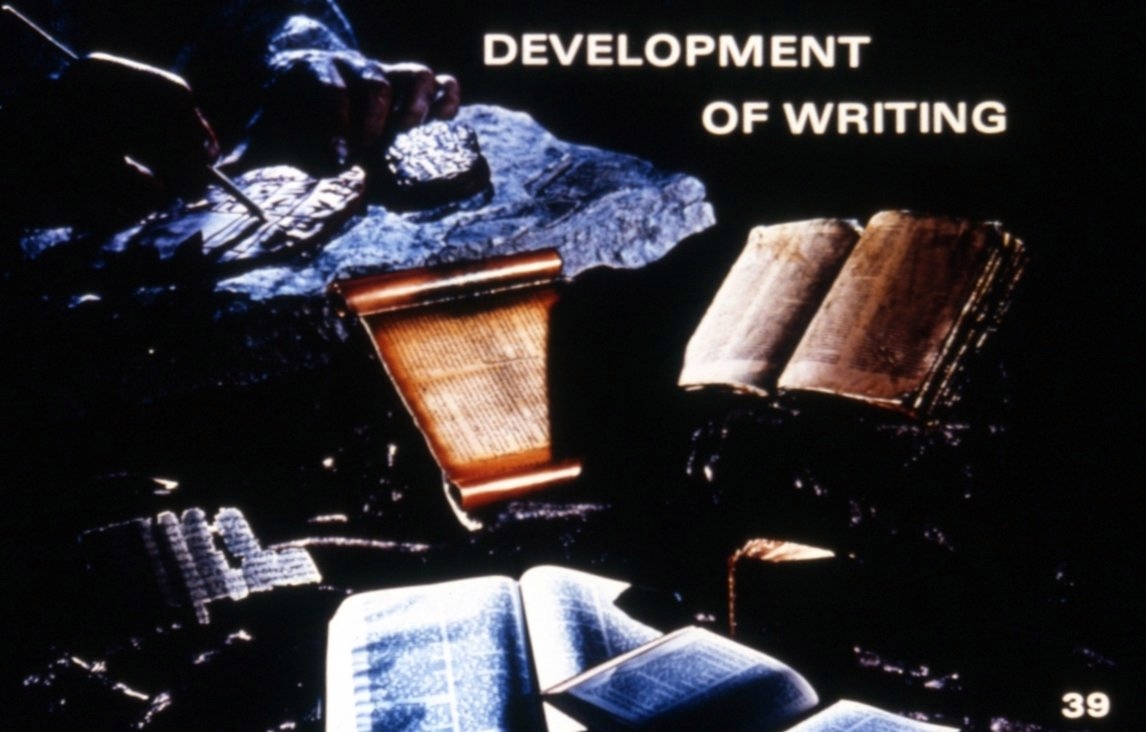
Thus we have seen that the History of the Bible involves a study of the development of writing from the time of the primitive alphabet, through the use of papyrus, and vellum, down to the time of printed books.
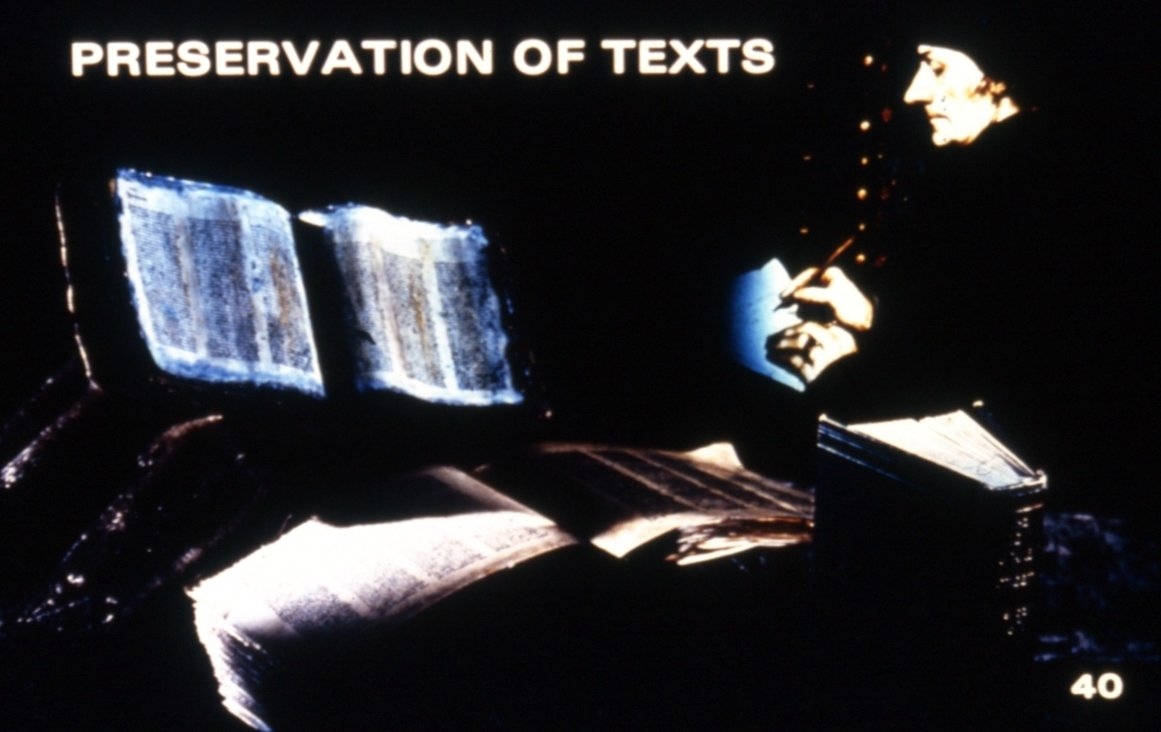
We have learned of the careful preservation of the Bible text, from the Ancient Vatican and Siniatic manuscripts, the Greek texts of Erasmus and the Greek text of Wescott-Hort.
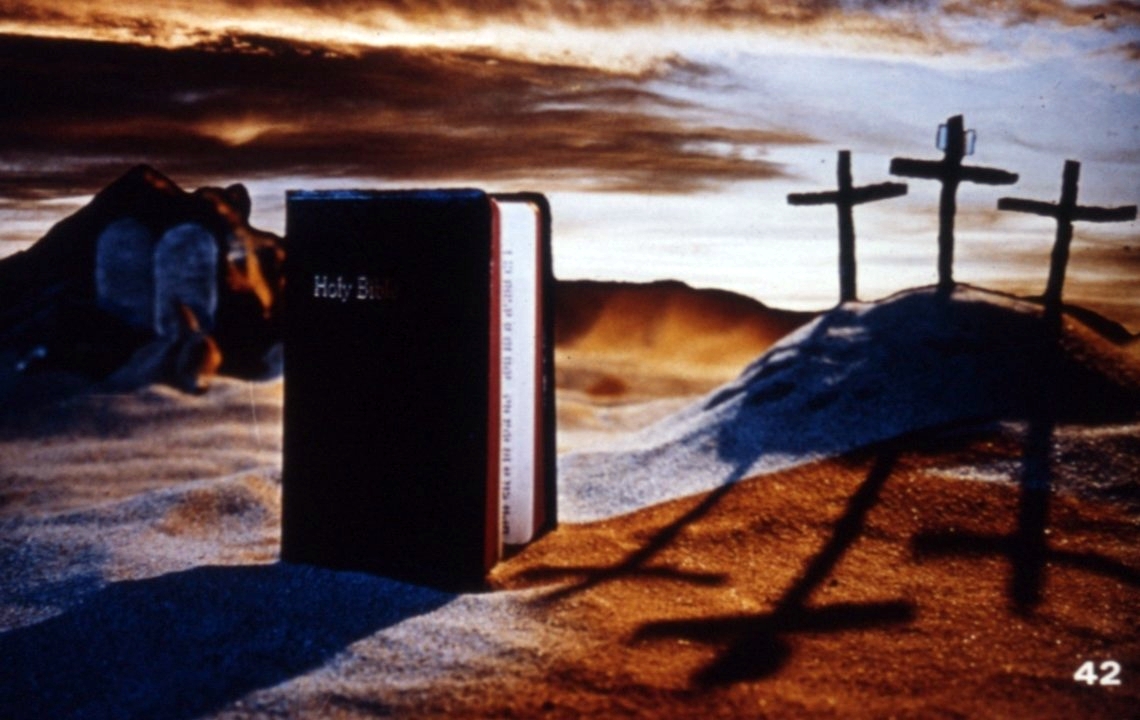
We also have seen something of the history of English translations, from the works of Wycliffe and Tyndale, to translations like the King James Version and the Revised Standard Version.
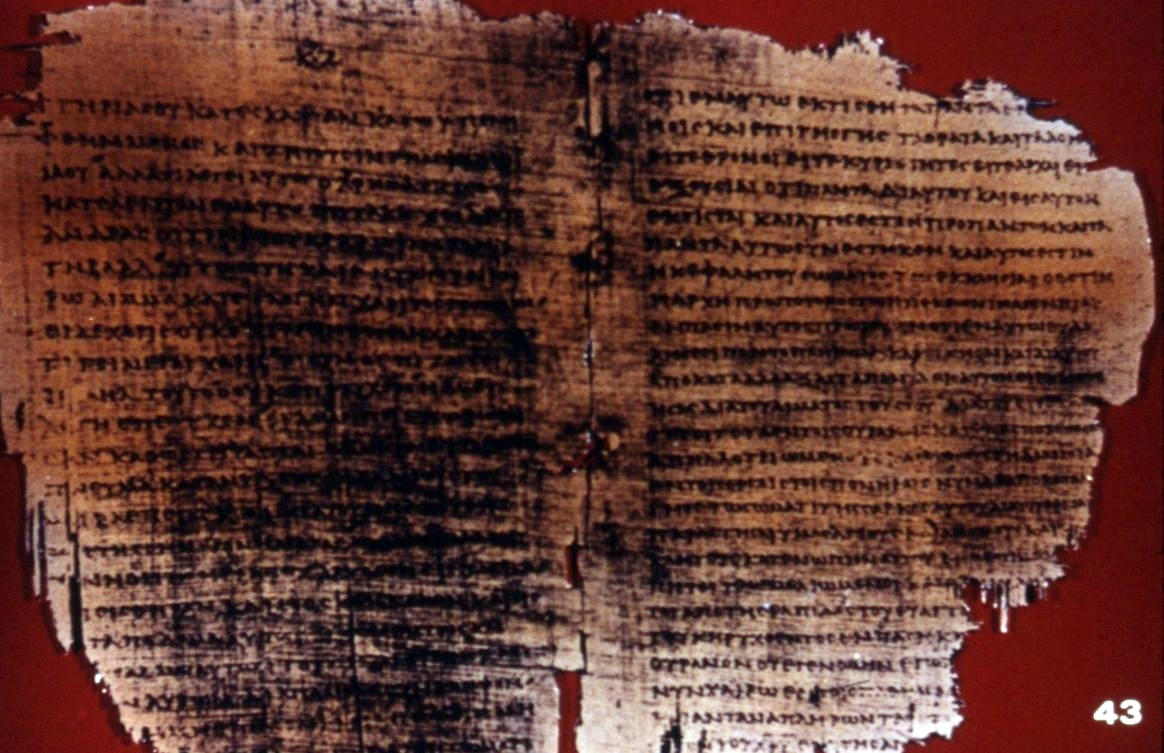
There are good reasons then to believe that we have the Bible like God intended it, and as it was when it was put into writing centuries ago.The continuing discoveries of manuscripts always point in the same direction. Manuscript finds, such as the recently acquired Chester Beatty Papyri, confirm this conclusion beyond doubt. Jack Finnigan, a noted Archaeologist, has written recently on this point. Dr. Finnigan said,

“Here is our oldest copy of Paul’s letters and it emphatically confirms the accuracy and soundness of the general textual tradition.”
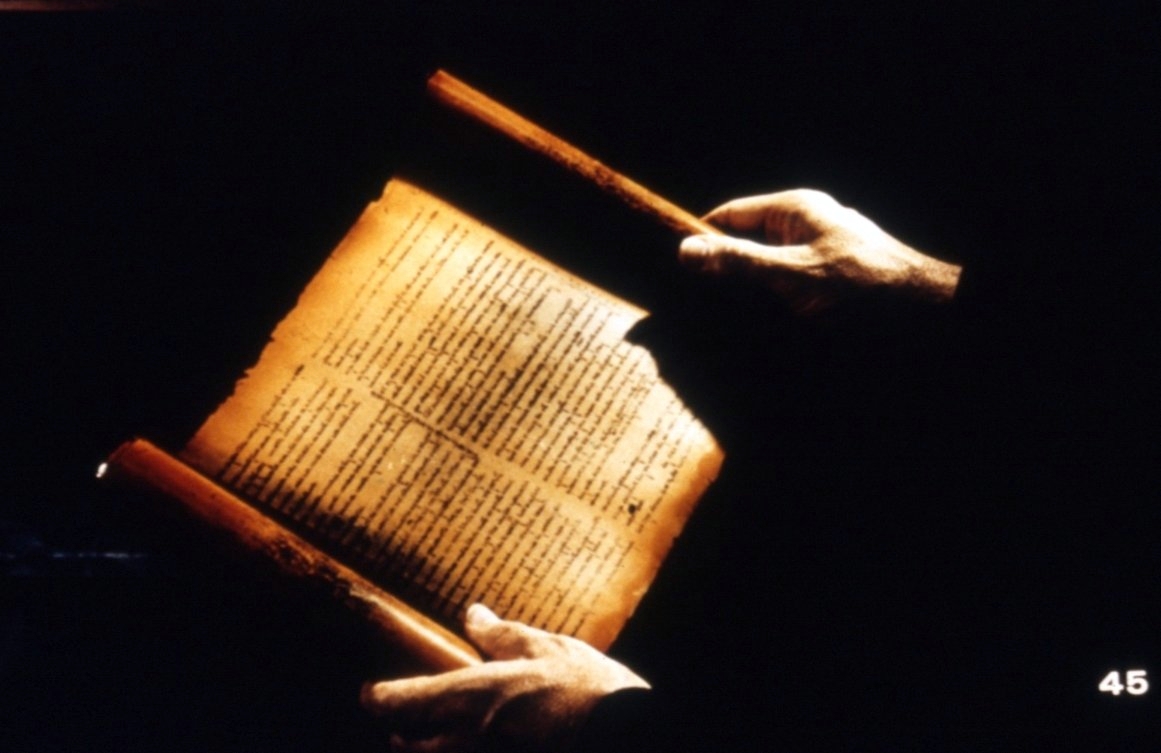
The text of the illustrious Isaiah scrolls confirms the reliability of our Hebrew text. Professor F.F. Bruce of Manchester England has made a statement to this effect. Bruce wrote;
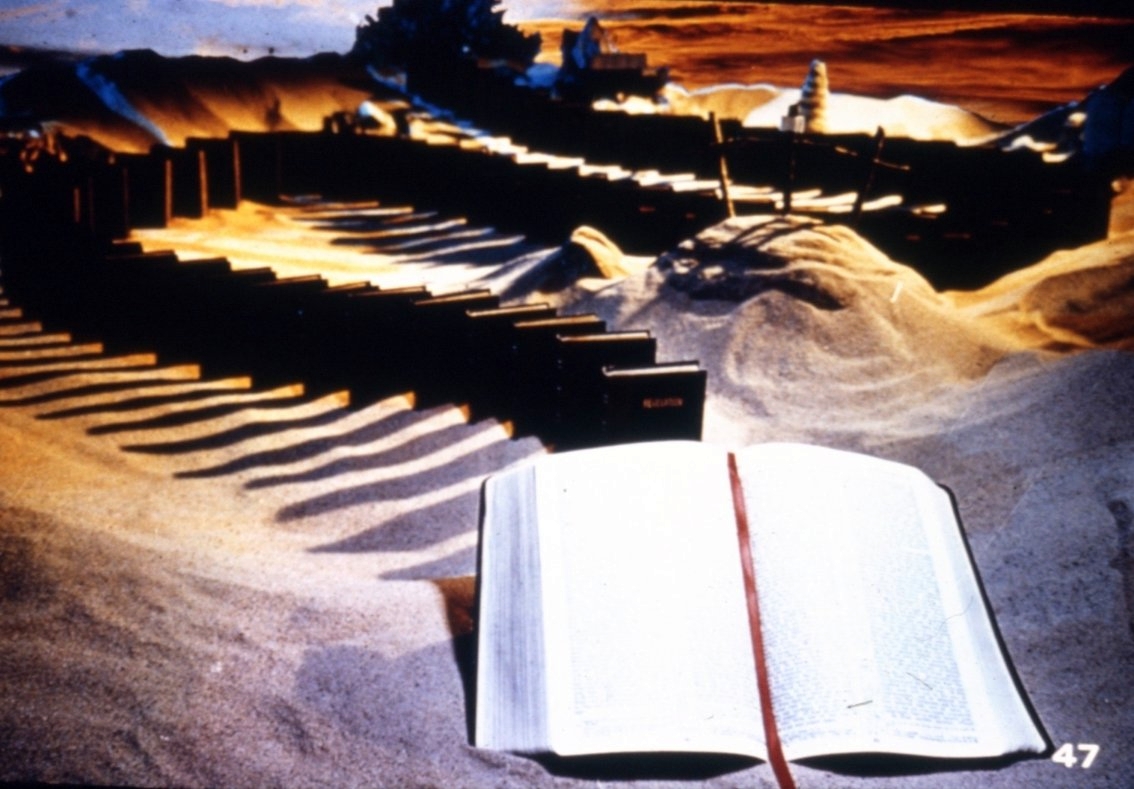
“The new evidence confirms what we had already good evidence to believe. That the Jewish scribes of the early Christian centuries copied and re-copied the text of the Hebrew Bible with the utmost of fidelity.”
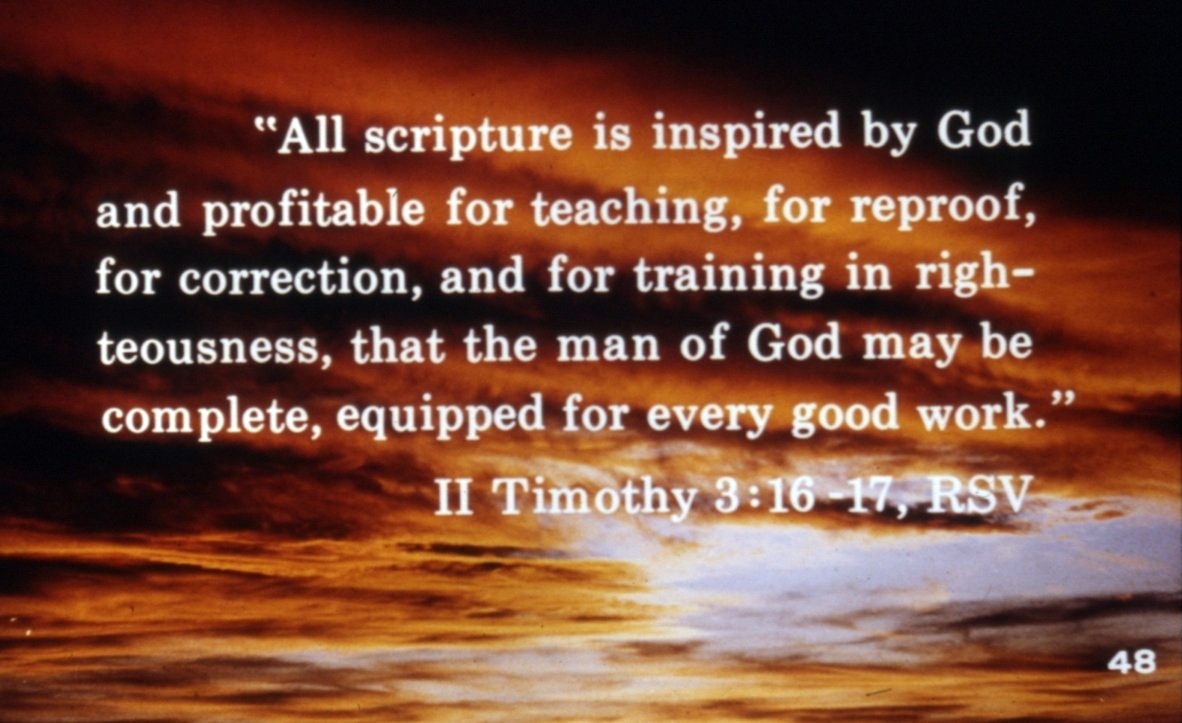
Tracing the Bible down through the centuries, presents the human side of How We Got the Bible. Ultimately the story of how we got the Bible begins and ends with God.

The Bible itself says, “All scripture is inspired by God, and profitable for teaching, for reproof, for correction, and for training in righteousness, that the man of God may be complete, equipped for every good work.” 2 Timothy 3:16-17
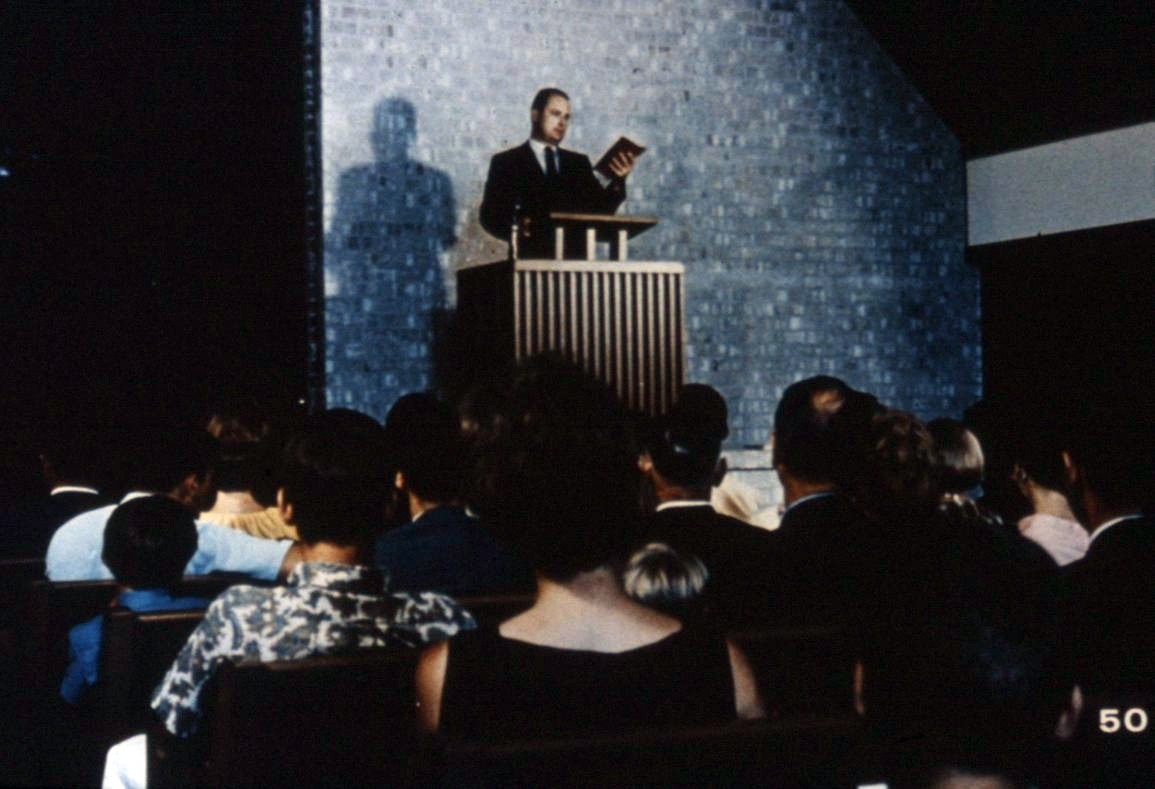
The Bible also says; “No prophecy ever came by the impulse of man, but men moved by the Holy Spirit spoke from God.” 2 Peter 1:21
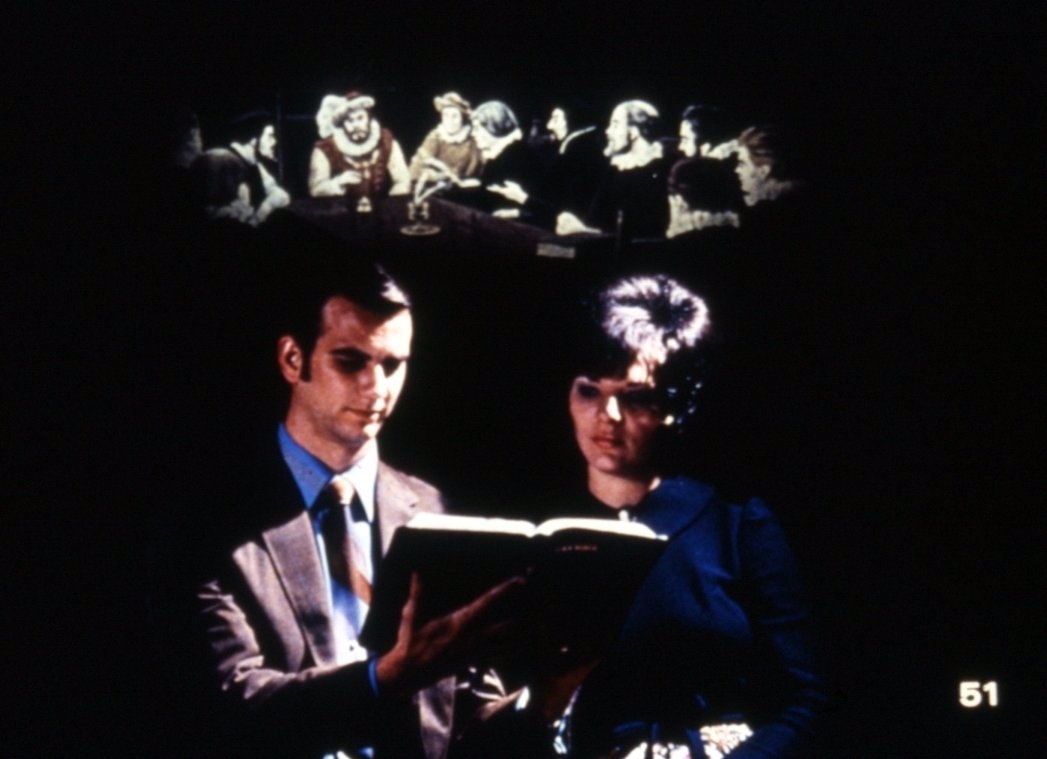
These indeed are great claims. The Christian believes that these claims are in keeping with the unique religion of Christ and contribute to making the Bible the remarkable book it is.

Excellent and much needed advice for 21st century man was written years ago as King James’ men encouraged readers to read the Bible. Of the scriptures they said,

“If we be ignorant they will instruct us, if out of the way they will bring us home, if out of order, they will reform us. Take up and read, take up and read the scriptures.’
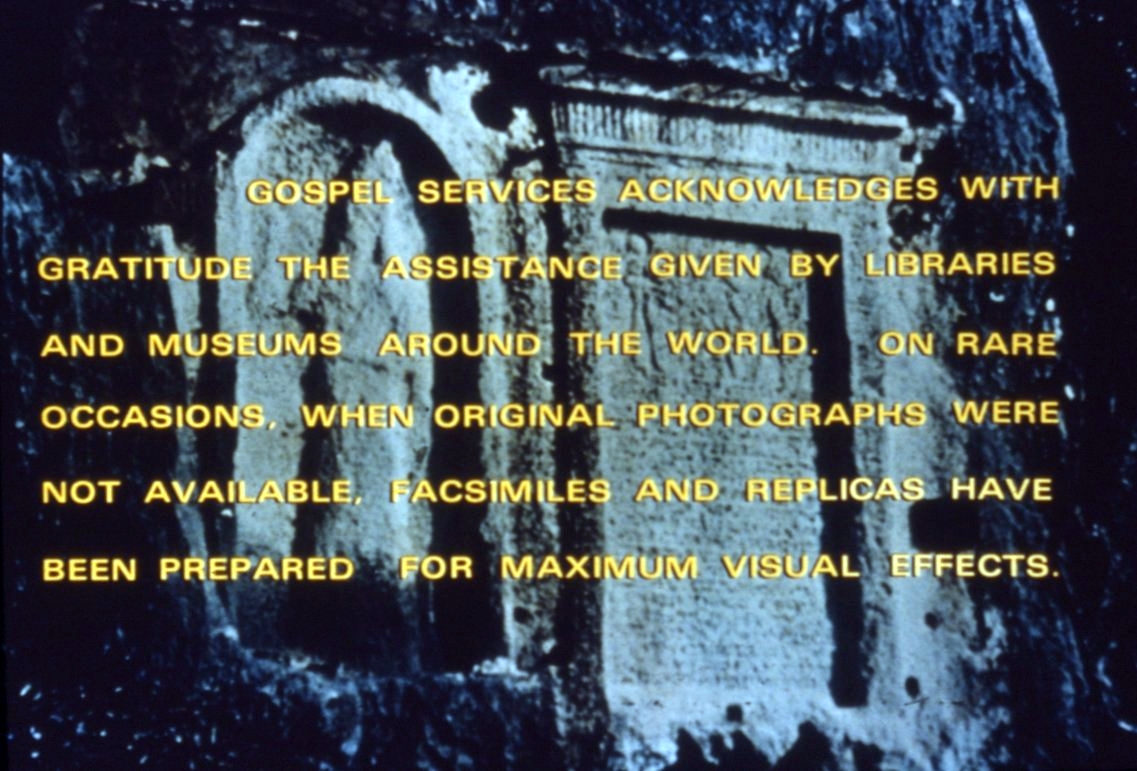
If we are wise enough to listen to their exhortation, a new day will dawn in the lives of each of us...
Original text and slides of lessons 1-4 from "How We Got the Bible", ©1970 Gospel Services, Inc. Used by permission. Various edits and new audio recordings by the Bible Study Center 2006-2014.
